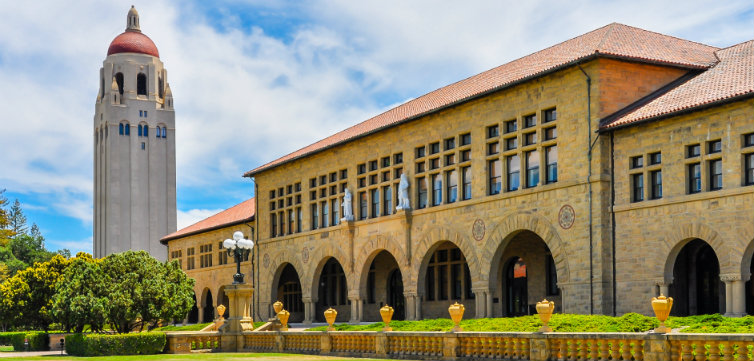My squib (= short article) entitled “Eventive Nominalizations in Russian and the DP/NP Debate” and originally penned in 2015 is finally out! You can find it in Linguistic Inquiry 49(4): 876-885.
Excerpt:
Eventive nominalizations (ENs) and gerunds in English and other languages are typically analyzed as verbal structures embedded under DP (see, e.g., Abney 1987, Grimshaw 1990). Since many Slavic languages lack articles, the availability of the DP projection in those languages has been hotly disputed (see Pereltsvaig 2013, 2015 for overviews of the debate). Curiously, Russian nominalizations have been used to mount arguments for both the pro-DP position (see Engelhardt and Trugman 1998a,b, Rappaport 1998, 2001, 2004) and the anti-DP position (see Bo’kovic´ 2008, 2012, Bo’kovic´ and S¸ ener 2014). Obviously, both arguments cannot be correct: the same data cannot show both that Russian does not have the DP projection and that it does. As the debate is not yet settled, it is important to verify if either argument based on nominalizations is valid. To date, this has not been done.
In this squib, I reconsider the anti-DP and pro-DP arguments and show both nominalization-based arguments to be wrong. Instead, I argue that all of the nominalization-specific morphosyntax (including genitive case marking) happens lower than the putative DP projection; therefore, nominalizations can tell us nothing special (that we cannot
learn from ordinary noun phrases) about the presence or absence of the DP in article-less languages.
 The first week of
The first week of  Upon my
Upon my 
 This Friday I will be presenting our join work with Ekaterina Lyutikova at the
This Friday I will be presenting our join work with Ekaterina Lyutikova at the  It’s finally here! Yay!I just got my author’s copies!
It’s finally here! Yay!I just got my author’s copies!
 My article on the history of Yiddish, “On Slavic-influenced Syntactic Changes in Yiddish: A Parametric Account” has been published in the proceedings of FASL24 (the NYU meeting):
My article on the history of Yiddish, “On Slavic-influenced Syntactic Changes in Yiddish: A Parametric Account” has been published in the proceedings of FASL24 (the NYU meeting):